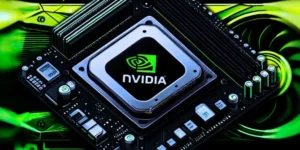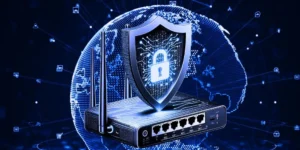The technology landscape is advancing at a breathtaking pace, and PCIe 5.0 (Peripheral Component Interconnect Express 5.0) stands at the forefront of this evolution. Promising to double the data transfer speeds of its predecessor, PCIe 5.0 is poised to revolutionize how we interact with modern computing hardware. The impact will be massive for storage, graphics, and server performance.
Doubling Bandwidth, Doubling Potential
PCIe 5.0 offers a staggering 32 Giga transfers per second (GT/s) per lane, which equates to a bandwidth of about 4 GB/s per lane. This jump is monumental for devices like SSDs, GPUs, and networking cards that constantly push the limits of existing bandwidth. Faster data movement will eliminate bottlenecks, especially in high-performance and professional environments, setting a new standard for speed.
Enabling Next-Gen Storage Solutions
One of the most immediate and visible impacts of PCIe 5.0 will be in the world of solid-state drives (SSDs). NVMe drives that leverage PCIe 5.0 will offer blazing-fast read and write speeds, making system boot times, file transfers, and application loading almost instantaneous. This could redefine workflow efficiency and unlock new productivity levels for data centers, scientific computing, and content creators.
Future-Proofing for High-Performance Hardware
Beyond storage, PCIe 5.0 ensures that next-generation GPUs, AI accelerators, and even advanced network cards can fully realize their potential. This standard will help prevent hardware from being throttled by limited connectivity. Users investing in PCIe 5.0 motherboards and components today are effectively future-proofing their systems for years to come, ensuring compatibility with upcoming innovations.
Impact on Industries Beyond Gaming
While gamers will certainly benefit from faster asset loading and smoother performance, PCIe 5.0’s true reach extends into industries like cloud computing, AI, and machine learning. Faster data pathways mean quicker model training, reduced server load, and enhanced multitasking capabilities. In short, PCIe 5.0 will fuel the next leap in both consumer and enterprise technology.
Conclusion
PCIe 5.0 isn’t just a minor upgrade. It’s a transformative leap forward in data transfer technology. Dramatically increasing bandwidth opens the door to faster storage, smarter AI, richer gaming, and more efficient cloud services. As new devices are designed to use this standard, PCIe 5.0 will become a cornerstone of future computing performance.









